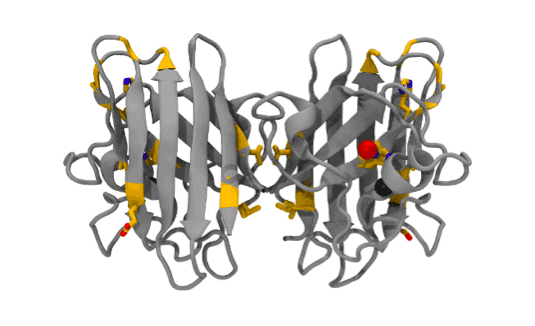Superox-D has been tested for its ability of being up taken and able to provide protection at intestinal level. A human intestine model of enterocyte-like cell Caco-2 was selected been widely used as a model of the intestinal epithelial barrier. It has been well documented that Caco-2 monolayers represent a reliable correlate for studies on the absorption of drugs and other compounds after oral intake in humans.

Up take studies
To assess the ability of being efficiently absorbed in the intestine, the Caco-2 cell model were incubated for 2 hours with media containing different concentration of Superox-D. The ability of Superox-D of being up taken was assessed measuring the Total Antioxidant Activity (TAA) of cell cytosol. The data reported in Figure show that Superox-D is able to effectively penetrate the cell membrane and to induce an increased antioxidant capacity in cell cytosol. This effect is due to the ability of Superox-D of being promptly up taken by the intestine proving the high bioavailability of the product.

Antioxidant protection studies
The protective effect of Superox-D was assessed by measuring the ability of some enterocyte-like cell Caco-2 model culture of better resisting to intense antioxidant stress. The cell lines were pre treated for 2 hours with media containing different concentration of Superox-D. After the incubation with Superox-D a fresh control medium was used in all samples and the effect of an oxidative stress caused by tert-butyl hydroperoxide (t-BOOH) was assessed with a fluorometric assessment. As shown in Figure the cell lines pre treated with Superox-D proved to be far more resistant to the radical stress induced during the assay with a dose dependent behavior. Superox-D is therefore able of keeping the intestine protected from the harmful radical species.


